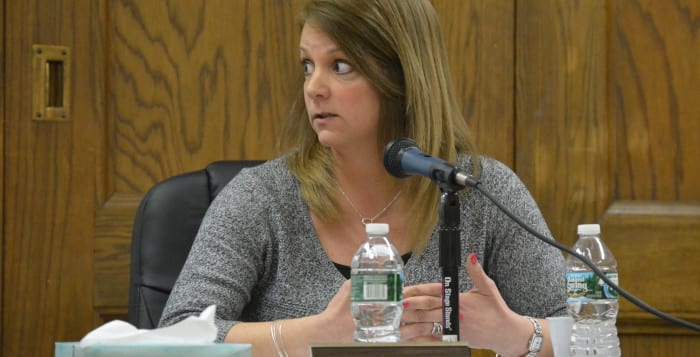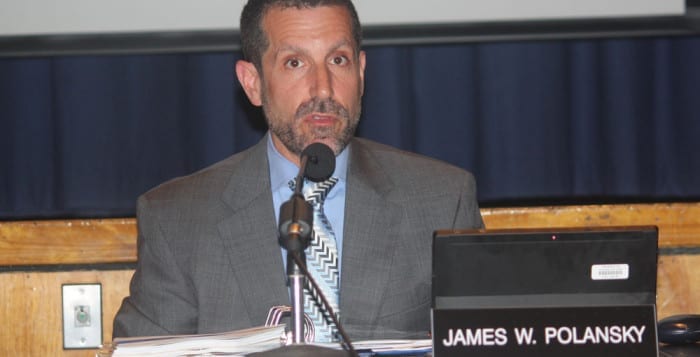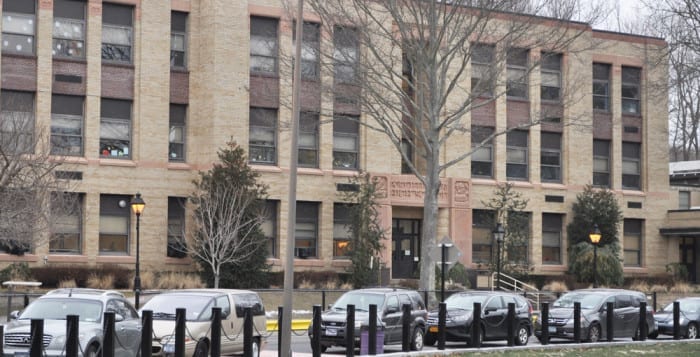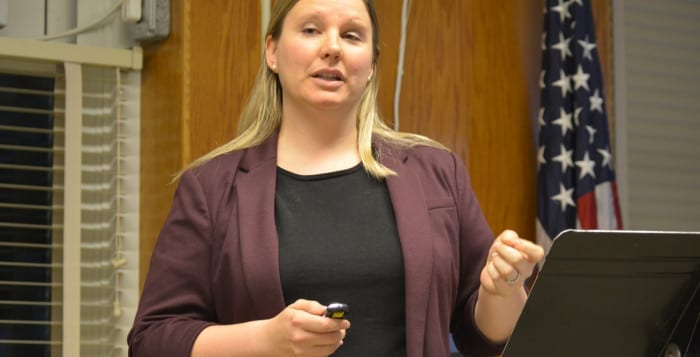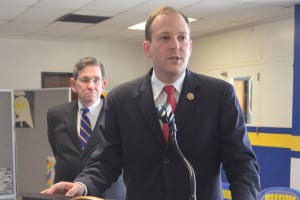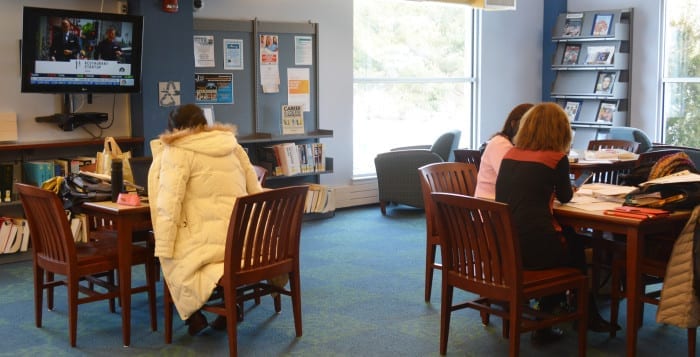After incorporating all but one wish list item in its 2015-2016 budget, some Kings Park board of education members insisted on raising the tax cap to add a full-time librarian position.
On Tuesday, the district presented its last budget presentation, which included a tax levy of 2 percent — lower than the maximum 2.27 allowed by the state. The district was able to keep the levy low and still add all the items it wanted, except a librarian that would split time between both Park View Elementary School and Fort Salonga Elementary School.
“So on the wish list, the only thing we didn’t do was the librarian for Fort Salonga and Park View,” board trustee Diane Nally asked. “If we had gone to the 2.27 and we did do the librarian, would there be additional monies also in there to go towards the applied fund balance?”
The district’s superintendent, Timothy Eagen, addressed Nally’s question and said increasing the levy to 2.27 percent would leave the district with roughly $170,000 that could potentially pick up the last wish-listed item.
Increasing the tax levy to 2.27 percent would cost the average homeowner $22 per year, which is something board members Diane Nally and Pam DeFord were advocating.
“I am disappointed that the librarian to be split between Park View and Fort Salonga is not included in the budget because I do think that is important,” Nally said.
During the discussion, board trustee Pam DeFord spoke about a staff member being hired to fulfill an unfunded mandate from the state and said if the district did not have the mandate, the librarian position could have been fulfilled.
DeFord pushed to allow the tax levy to increase to 2.27 percent; she feels since the state is allowing it, the district should take full advantage of it.
“By going up to the 2.27, which is well below what budgets have passed historically here in Kings Park, we could possibly bring back a full-time librarian,” DeFord said. “Now is the chance to restore, start to restore what our kids have been missing for so long.”
Board President Tom Locascio and Vice President Charlie Leo said they felt uncomfortable maxing the allowable tax levy. Leo mentioned that the district originally projected a 1.71 percent increase and raising it to 2 percent was enough of an increase.
“One of my concerns is we have put forth a budget where we were always talking 1.71, and I think the community kind of started to get a nice feel the budget was going to be 1.71,” Leo said. “I don’t want to hire a librarian, then have to reduce a librarian.”
According to Eagen, the district has a contingent position in the budget in the event that kindergarten registration is higher than normal. If the registration is lower and the position is not needed, there is a chance the position could go toward a librarian.
“We could absolutely take that contingent position and dedicate it to the librarian,” Eagen said.
Parent Bill Claps addressed the board in support of adding a librarian and said he feels the school needs one. He said he is embarrassed that the district can’t offer a librarian to its students.
“You’ve all had librarians in your school, so why can we not afford that for our children,” Claps said. “I don’t want to pay taxes anymore than anyone else does, but we have to bring the district back to certain standards.”
Chris Philip, president of the Kings Park Classroom Teachers Association, also took to the board in favor of a librarian.
“It’s really incomprehensible under the common core rigor that we don’t have one [a librarian] in every school,” Philip said.
Philip said librarians do more than fund books and it’s crucial for their education that students have access to a librarian.
As of Wednesday, no decision had been made on whether the district will go to the 2.27 tax levy to add a librarian.

